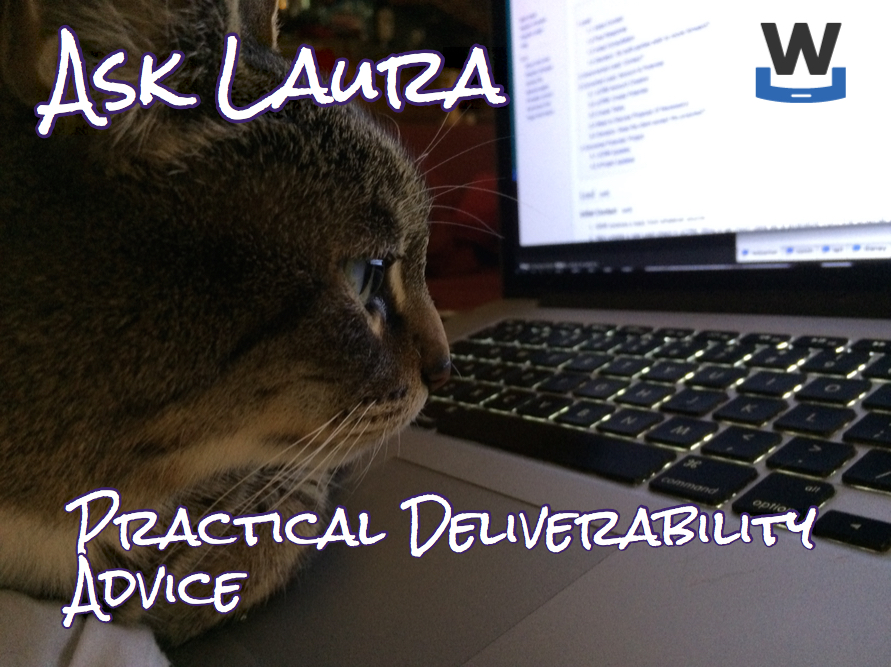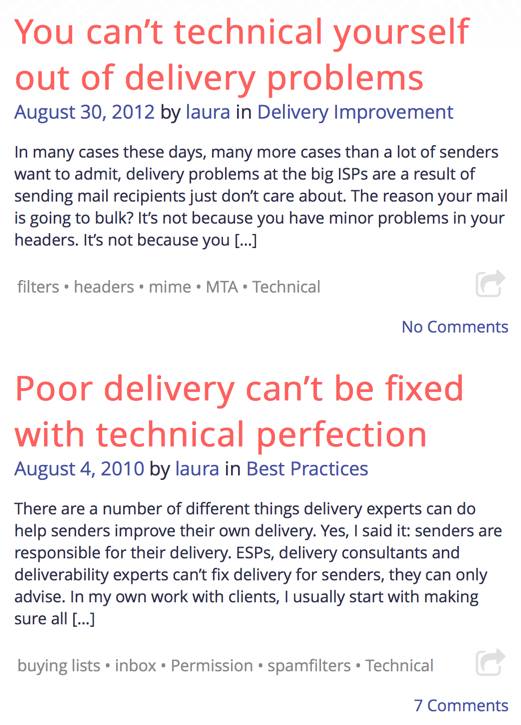Who owns the inbox
- laura
- June 8, 2016
- Delivery improvement
One of the questions asked of my panel during Connections 16 last month was who owns the inbox.
My point of view is that the end user owns the inbox, with a few minor exceptions. For instance, in the case of a business, the business owns the inbox. With email marketing, the marketing is entering a personal space as an invited guest. Senders need to be cognizant of this to continue having access to the inbox.
Another panel participant said that marketers own the inbox. While I don’t necessarily agree I found her argument persuasive. Her point was that senders own the inbox because they have the ability to tailor messages to get there. That it is the sender’s behavior that results in inbox delivery. While I don’t think that means that the sender owns the inbox, I do believe that means the sender owns their delivery to the inbox.
Chad White was in the audience for that session and went back and asked the Litmus community who they think owns the inbox. Their community came down on the side of the recipients, by a sizable margin.

The whole post is worth reading and I encourage people to head over to Litmus to look.
Litmus also has a graphic talking about the hierarchy of email.
I think the hierarchy of respectful, functional, valuable and remarkable is a pyramid. Not sure I’m totally sold on the metrics (you can have forwards without conversions, for instance) but it’s a good visualization of the foundation of a strong email program.



